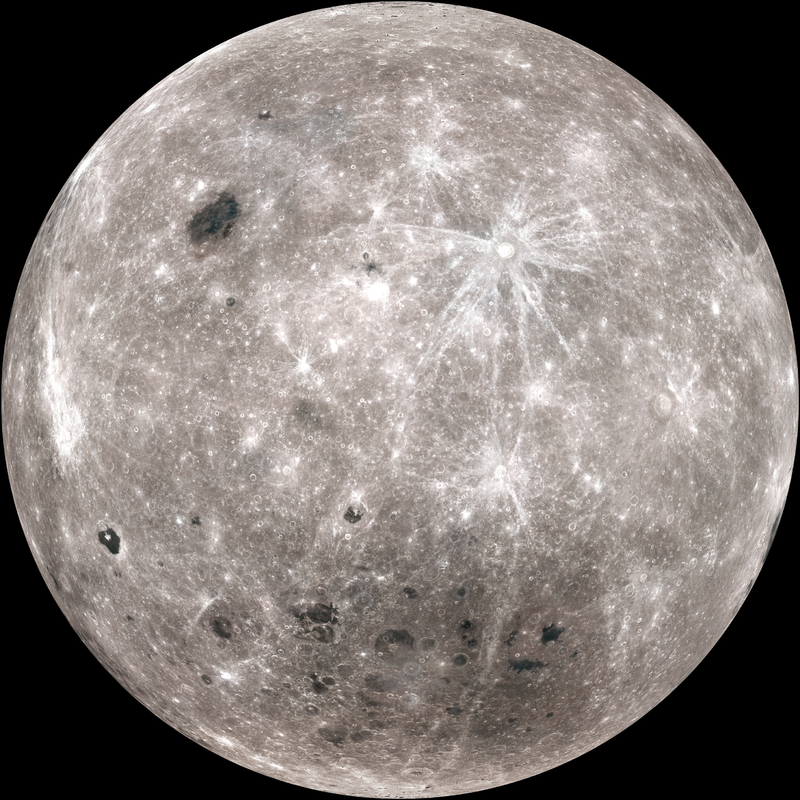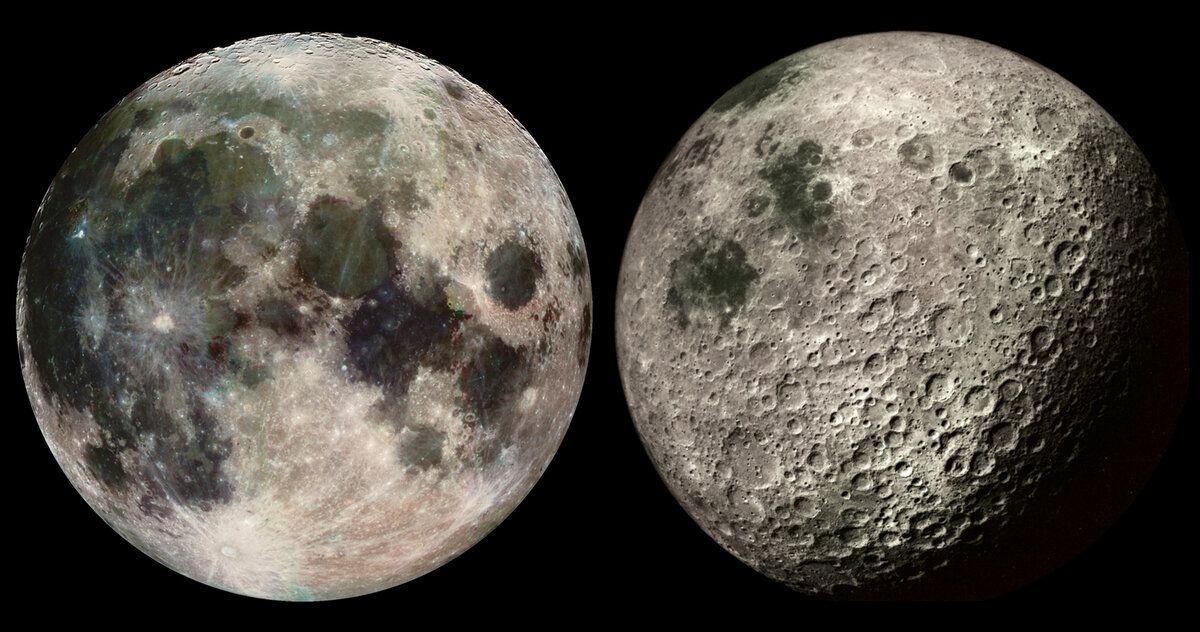Mysterious Moon Cabin 😳
Chinese Mars rover finds 'mystery cabin' on dark side of moon

The China National Space Administration has changed its plans for the Yutu-2 lunar rover. Now, the rover must study the "Mystery Cabin" - an unknown square object that "Yuytu-2" found in Von Karman Crater on the dark side of the moon.
The rover will get closer to the mysterious object, but it won't happen anytime soon. "Yuytu-2" has a speed of about 1 m per day, and it shuts down during a "moon night" that lasts 14 Earth days. So it will take several months to get to the "hut". Scientists believe it is an unusually shaped boulder that was "knocked out" from the surface by a falling meteorite. Something similar has already been found on the moon, but experts will only know for sure once the rover arrives at the site.
The dark side of the moon is the part of the lunar surface that is not visible from Earth.

On October 7, 1959, the Soviet Luna-3 spacecraft took the first image of the far side of the moon. The signal was received at the Simeiz Observatory in Crimea. The image of the far side of the moon obtained by the Luna-3 AMS first appeared in mass media on October 27, 1959; it was published in Pravda and other Soviet publications.
The footage transferred to Earth was sent to three astronomical institutions in the Soviet Union for study: the main observatory in Pulkovo, the observatory at Kharkov University, and the National Astronomical Institute named after VI. PKSternberg Moscow State University. In Moscow, the Central Institute of Geodesy, Aerial Photography and Cartography (TsNIIGAiK) was soon involved in the work.
From the material obtained, the first map of the far side of the moon was drawn, containing hundreds of surface details identified by its reflective features. A complete catalog of these formations is included in the Atlas of the Far Side of the Moon (1960). After this, with the Institute. Sternberg and TsNIIGAiK prepared the first lunar sphere with an image of 2/3 of the surface of the opposite hemisphere invisible on Earth.
On August 22, 1961, the name of the details of the far side of the moon photographed by Luna 3 was officially approved by the International Astronomical Union.
In 1965, the Soviet probe Zond-3 photographed the far side of the moon. In total, 95% of the lunar surface was captured by Luna-3 and Zonda-3.
In 1968, American astronauts flew over the far side of the moon aboard the Apollo 8 spacecraft.
In 2012, American astronomers reported the discovery of several small grabens (one of which was only about a meter deep) on the far side of the moon. Judging by the fact that despite their size, they have survived to this day (and since there are no large young craters on them), they are no older than 50 million years. This suggests that weak tectonic processes have continued on the Moon in recent geological history, although large-scale tectonic processes ceased more than a billion years ago.
On January 3, 2019, China's Chang'e-4 spacecraft became the first land-based spacecraft to land on the far side of the moon. On January 3, 2019, at 17:22 Moscow time, the Yutu-2 rover left the Chang'e-4 lander along the inclined slope and began to explore the surface of the far side of the moon.
Opposite is the largest crater on the moon - the South Pole Basin - Aitken.
The main difference between the far side of the moon and the far side of the moon visible from Earth is the lower number of oceans, which is related to the greater thickness of the crust. There are only two seas - the Moscow Sea and the Dream Sea, but there are many small sea areas, most of which are located in the South Pole - the Aitken Basin. So, within it there is the Forgotten Lake, and beyond it - the Happy Lake and the Lonely Lake. The rest of the seas on the far side of the moon are not named.
In the vicinity of individual large craters - Mendeleev, Gregory, Dzevursky, Artamonov, Kurchatov, Leshner, Somner, Michelson, Lucretius There are crater chains named after them.

As of this writing, I have used the following resources:
2) https://www.scmp.com/news/china
Like my work? Don't forget to support and clap, let me know that you are with me on the road of creation. Keep this enthusiasm together!
